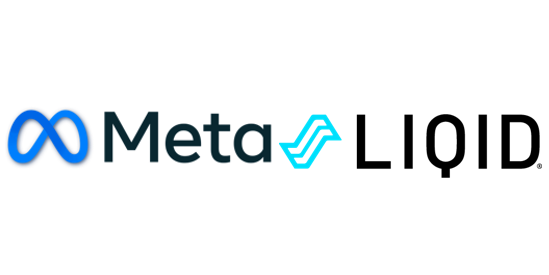 In this podcast, the Radio Free HPC team reviews the results of the ASC19 Student Cluster Competition and HPC workshop in China.
In this podcast, the Radio Free HPC team reviews the results of the ASC19 Student Cluster Competition and HPC workshop in China.
For the first time, a non-mainland-Chinese team won the top spot. Taiwan took the gold in part by their stellar performance in HPCG benchmark where they achieved 2 TFlops, some 25% better than the 2nd best team. The system was a 5-node cluster with Infiniband FDR interconnect. Other interesting info is shared on various codes and configurations.
In other news, Dan notes that reports from some of the TOP500 suggest that GPUs are doing 93-97% of the computation. This sounds very impressive, but Shahin points out that since GPUs have hundreds of cores, they should be doing much better, that 93-97% is in fact not as good as it should be at that scale of system and problem size. He is still waiting for some actual utilization data on GPUs too.
After that, they do their Catch of the Week:
- Henry points out many security cameras, offered by several brands but are all manufactured by the same vendor back in China, have big time vulnerabilities so he’s staying away from all of them until further notice. Shahin wonders why they are called “security” cameras!
- Shahin talks about Jaguar-Land Rover planning to offer a cryptocurrency wallet to reward drivers that participate in providing traffic and other types of data. He likes their catch phrase: zero emission, zero accident, zero congestion. “Drivers will be able to earn cryptocurrency and make payments on the move using innovative connected car services being tested by Jaguar Land Rover.”
- Dan laments the confiscation of his external camera battery at the airport in China because the spec label was a little worn off and the authorities could not read it to ascertain its safety despite his willingness to get a note from the airline, etc. It has a nice expensive battery as big as a paperback book, so maybe following the rules strictly is not a bad idea.






If Shahin ever does write that article on Amdahl’s law, I hope he notes that the current TOP500 rankings are based on LINPACK using weak scaling. Weak scaling performance is governed by Gustafson’s law, not Amdahl’s.
GPUs are getting much more utilization now that they are well-supported by ISVs. There are at least 50 major codes that can exploit GPU acceleration with almost no expertise on the part of the user. The subset of servers on the Singapore supercomputer that have GPUs are busy over 99 percent of the time, compared to about 80 percent for those that do not have GPUs! I suspect the utilization of GPUs on Summit is quite high. They’re not just for LINPACK any more. If you run a molecular modeling code like GROMACS, the GPUs are doing most of the computing because the atom-atom interactions provide a high ratio of operations to data moved to and from the GPU.
Thanks John, I might just do that article.
Re GPU utilization, what the utilization of the GPUs themselves? vs servers that have them.
You may recall that I got to introduce you when you gave your talk about what is now Gustafson’s law back at the supercomputing conference in Boston and after the New York Times article about it! Wonderful and important insight. And yes, I assume for Summit the data sets are large enough. Yet, precious little actual utilization data for GPUs.